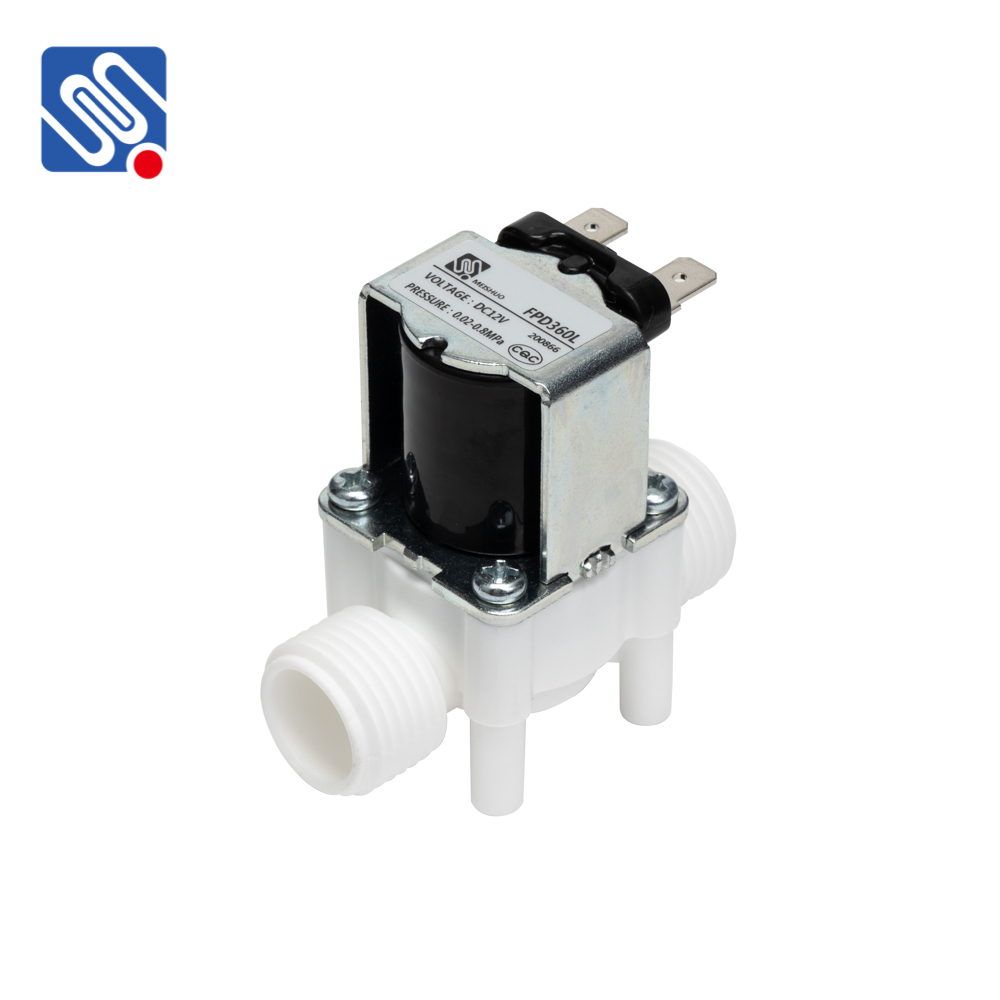understanding the ac solenoid valve: function, applications, and benefits
Release time:2025-04-25 17:42:49
An AC solenoid valve is a critical component in various fluid control systems, especially those that operate on alternating current (AC) power. This type of valve is an electromechanical device that uses electrical energy to control the flow of liquids or gases. The AC solenoid valve is commonly found in applications where automated control over fluid systems is essential, such as in refrigeration, HVAC (Heating, Ventilation, and Air Conditioning), irrigation, and industrial machinery.

What is an AC Solenoid Valve?
At its core, an AC solenoid valve consists of two primary parts: the solenoid coil and the valve body. The solenoid coil is an electromagnetic component that converts electrical energy into mechanical motion. When AC voltage is applied to the coil, it generates a magnetic field, causing the valve to open or close, depending on the valve design. The valve body houses the flow passages that regulate the liquid or gas being controlled.
The valve typically operates using alternating current (AC) as its power source, unlike direct current (DC) solenoid valves, which are powered by a steady DC voltage. The AC solenoid valve's design enables it to handle more robust systems that require higher voltage, making it suitable for a wide range of applications.

